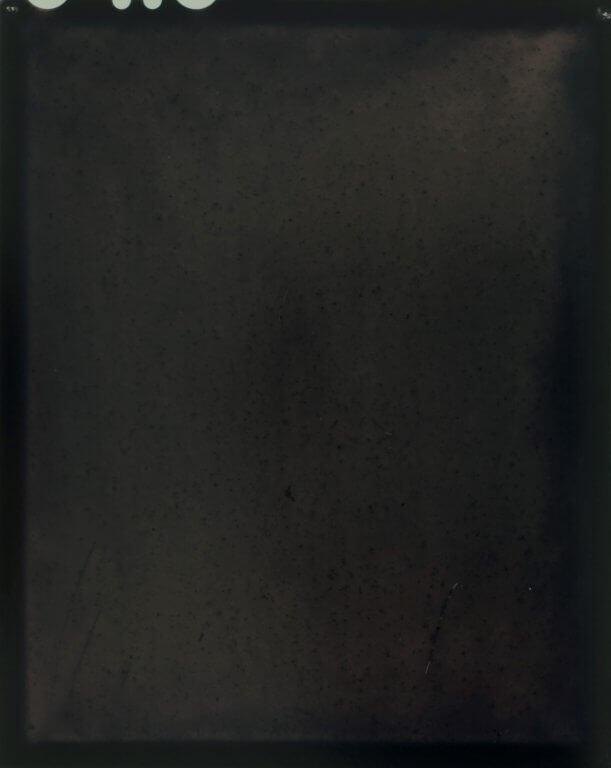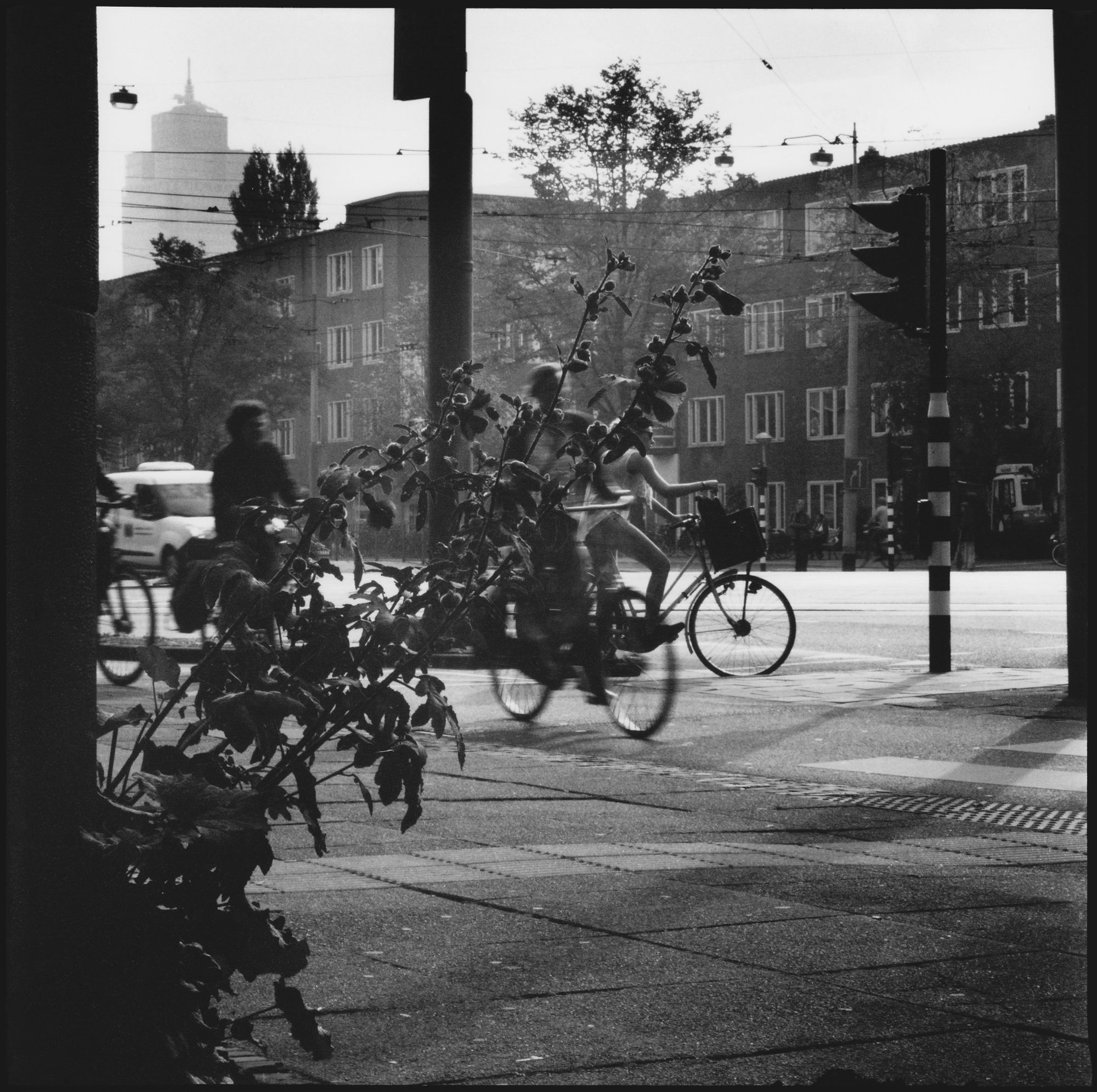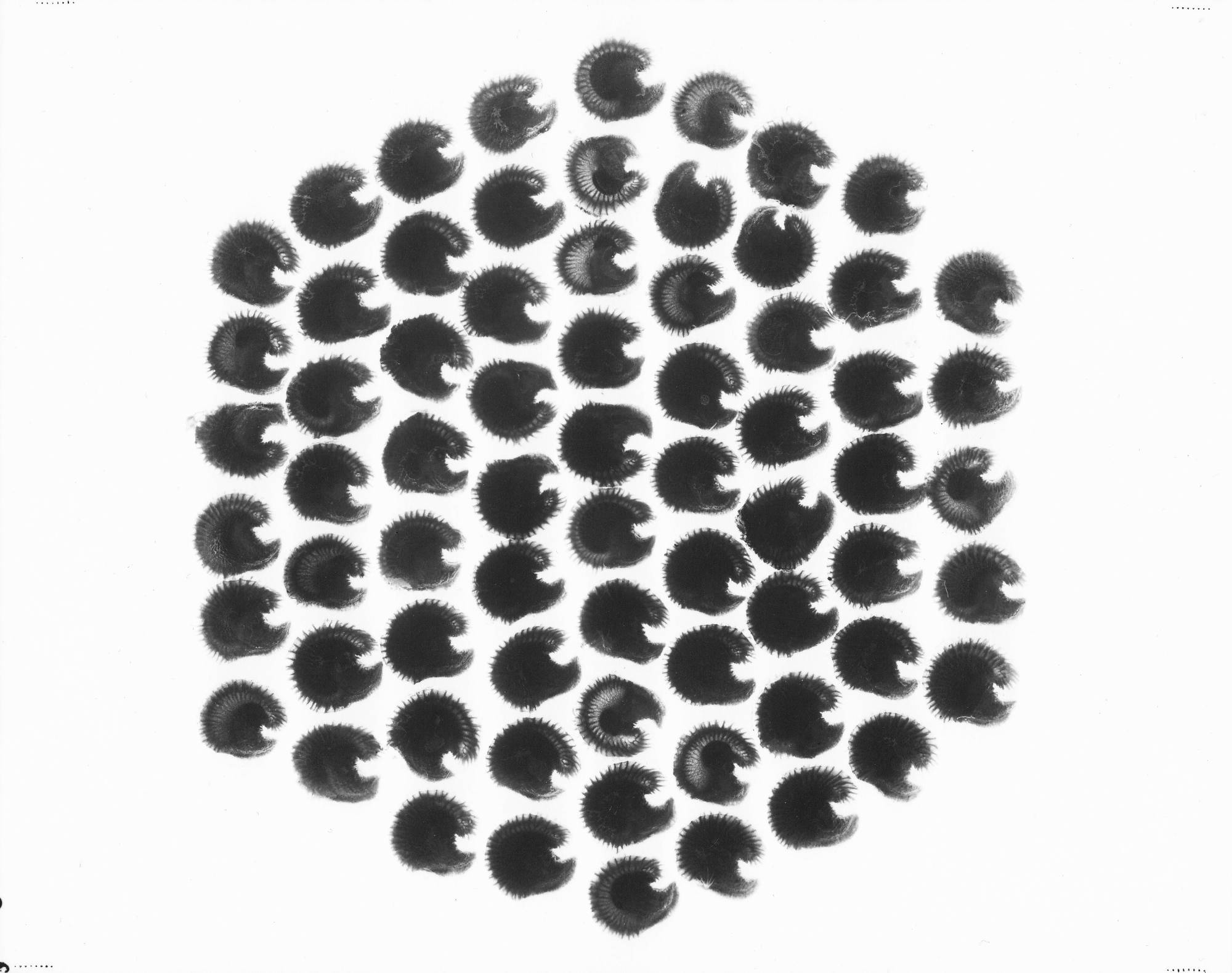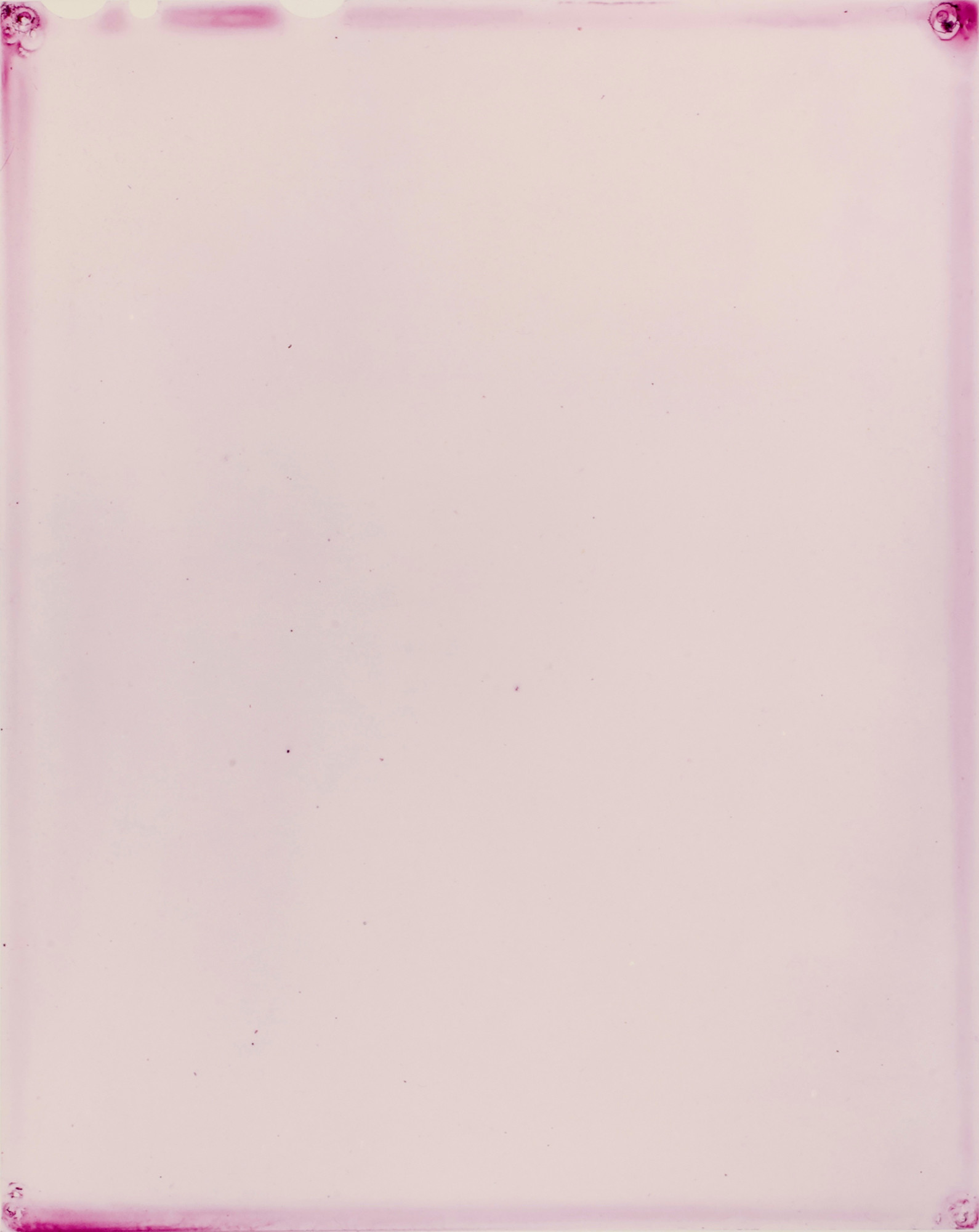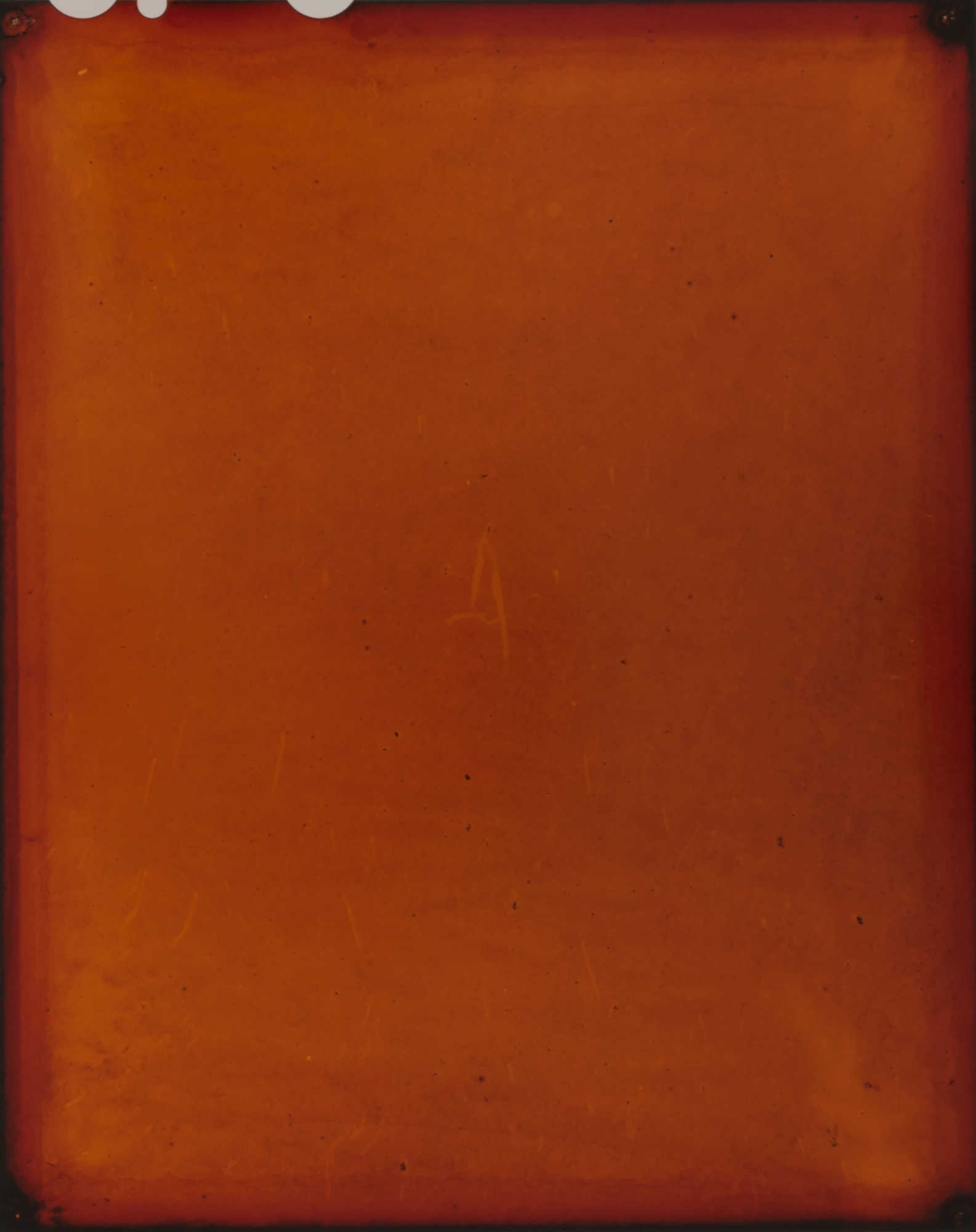The common hollycock Alcea rosea can be found in many of Amsterdam’s streets. The plant is usually sown as a house-front favourite. It spreads quite effectively on its own, but passers-by will often give it a hand – literally – by plucking a seed capsule and sowing the seeds somewhere else. Although the plant is common, the dark-coloured, almost black flowers that we used to extract this pigment is not easy to find because cross-fertilization is increasingly giving red hues the upper hand. The seeds look like little discs edged with tiny hooks and come packed in a capsule, like slides in a carrousel. For this photogram we made a picture of the exact number of seeds from a single capsule. The hexagonal shape was created by the seeds themselves; their relative distance was determined by their almost invisible hooks. To the naked eye the seeds look round, but in fact they have a more geometric form, and they slid into this position like puzzle pieces. – Arja Hop & Peter Svenson
Special edition
Arja Hop & Peter Svenson
Common hollyhock, Alcea rosea, Kerkstraat, Amsterdam-Centrum, Flower, 5004, 2015
C-print (mounted on aluminium)
25,4 x 20,2 cm
Edition of 20
Signed & numbered
Price:
1 = € 150
2 = € 300
3 = € 400
4 = € 530
5 = € 650
Exclusively available from Huis Marseille’s museum shop.
To view all special editions please click on the images below:
‘Botanical alchemy’: from plant pigments to photographic colour fields
Since 2015 the visual artist and photographer Arja Hop (Hierden, 1968) and the photographer and master printer Peter Svenson (Palmerston North, New Zealand, 1956) have worked on their art project Residue Amsterdam. In Amsterdam, on the Amstel river, a city with a characteristically urban ecology in which people and nature live in close proximity and must constantly adapt to one another, they have devoted themselves in recent years to fieldwork. Within a specific geographic area they take samples of the plants growing there and then extract the plants’ pigments, using traditional methods. Hop and Svenson have developed their own method of turning these plant residues directly into analogue photographic prints. Every residue results in a uniquely layered colour tone. Each photograph tells the biochromatic story of a specific plant and location, and it seems that the intensity of the plant colour is strongly influenced by the plant’s living conditions.
‘Spontaneously occurring plants’ in Amsterdam
For their series Residue Amsterdam Hop and Svenson have concentrated on the wild plants that appear at certain locations and spread through the city without (intentional) human intervention. Their project invites us to reflect on the spontaneous presence of plants that are all around, but which we seldom notice. They used an analogue camera to register these ‘weeds’ in black and white, often from a low viewpoint. In their photos the plant is given centre stage; the city folds itself around them.
Finding place of Common hollyhock
Kerkstraat, Amsterdam Centrum
Arja Hop & Peter Svenson / Florachromes: a story of four rivers will be on display from 07.12.2019 to 08.03.2020 at Huis Marseille, Museum for Photography.
The series Residue Amsterdam is supported by the AFK (Amsterdam Fund for the Arts) and the Mondriaan Fund.
